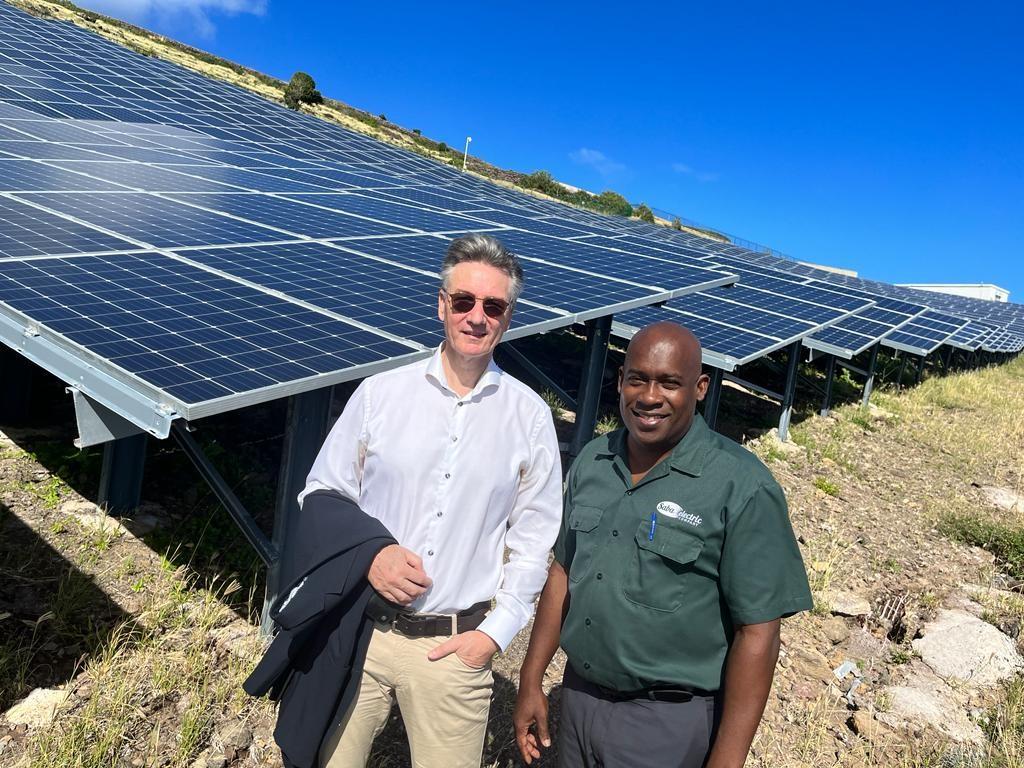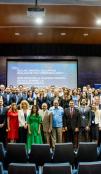SABA, a pioneer in energy transformation

When leaving the airport on Saba, the first thing visitors of this Caribbean island see is a park with 5,904 shiny solar panels. The park is a visible part of Saba’s energy strategy, which foresees the island to have 89% of its energy supply coming from renewable sources by 2025. David Leonce, CEO of the Saba Electricity Company talks about this remarkable energy transformation: “Long before fuel prices soared, Saba focused on energy security by adding new sources to its energy mix and reducing dependency of fossil fuels. The solar park at the airport and the batteries to store surplus energy cover around 36% of the daily energy supply of the island. From dusk to dawn the panels provide electricity to the entire island while its fossil fuel generators are completely silent”.
The next step in the energy transition will start in a few months with construction of a new 4-MegaWatt solar energy park, installation of two 250kW wind turbines, and quadrupling of the battery capacity (14MWh) to store electricity. David Leonce: “With these additions to the energy mix we can supply 89% of the daily energy consumption on Saba from renewable sources. Green energy helps us to keep electricity prices relatively low for our customers, which is not a simple feat on a small island. Moreover, Saba’s carbon footprint will be very low when almost 90% of the electricity comes from renewable sources. And lastly, sun and wind are reliable sources of energy for the Caribbean. Using these sources will increase Saba’s energy security, and its resilience in case of external shocks”.
With its pioneering role in energy transformation the small island of Saba is an example for the rest of the world.





